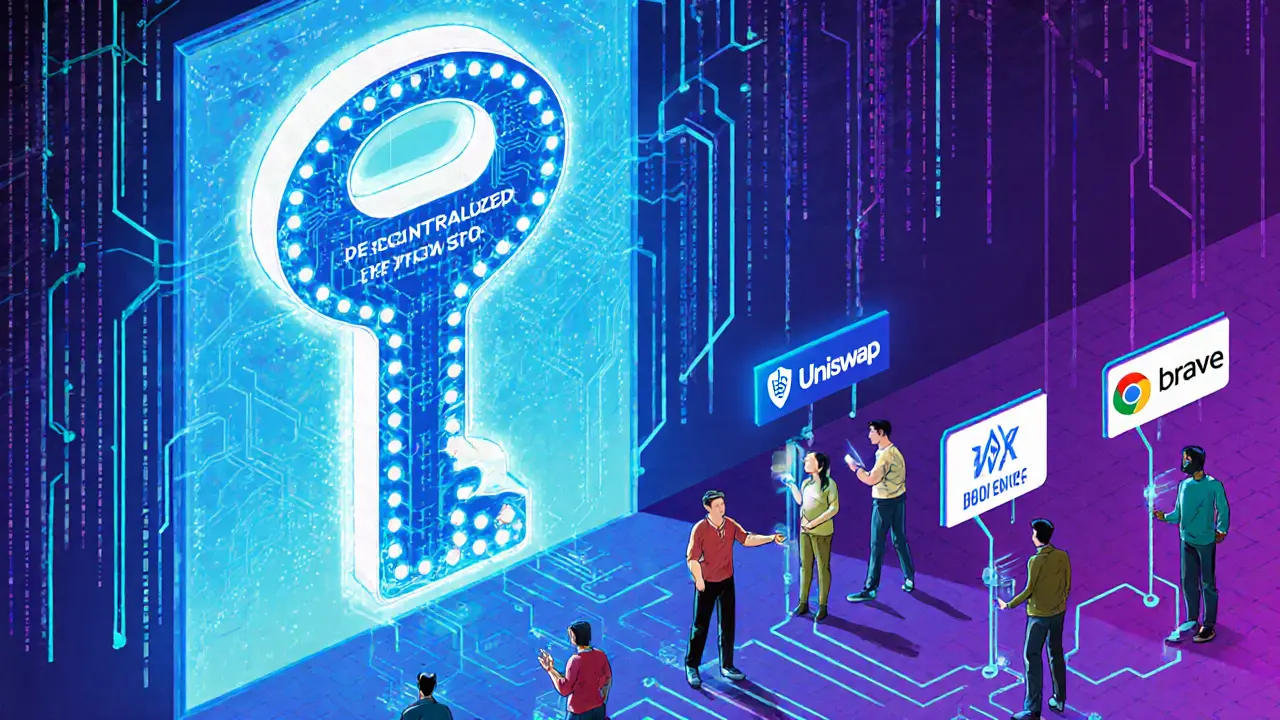Token Utility: What Makes a Crypto Token Actually Useful
When you hear "token utility, the practical function a cryptocurrency token serves within its ecosystem. Also known as token function, it's what turns a digital asset from a speculative gamble into something with real use"—you’re talking about whether the token does something useful. It’s not just about price charts or Twitter hype. A token with strong utility powers a service, enables access, rewards participation, or solves a problem inside its blockchain network. Without it, you’re just holding a digital collectible with no real reason to exist beyond speculation.
Think of it like a subway card. A card that only lets you ride the train has clear utility. But if it’s just a fancy plastic keychain you bought because someone said it’d go up in value? That’s not utility—that’s a gamble. The same applies to crypto. Tokens like DeFi tokens, tokens that grant governance rights, yield farming access, or protocol fee discounts in decentralized finance actually let you vote on changes, earn interest, or pay lower fees. Tokens tied to blockchain utility, the real-world tasks a blockchain network performs, like verifying location data or securing supply chain records have a job to do. That’s why XYO’s token matters—it’s used to pay for location verification across a network of physical devices. Compare that to a meme coin with no function beyond being traded on a DEX. One has a purpose. The other? Just noise.
Tokenomics—the way tokens are created, distributed, and burned—only matters if the utility is real. You can have a token with a fixed supply, burning mechanics, and staking rewards, but if no one needs it to use the platform, it’s just math without meaning. That’s why projects like Homebrew Robotics Club (BREW) or CHILI get flagged as high-risk: they have flashy names and social buzz, but no clear reason their token is needed to operate the system. Meanwhile, tokens like APAD or MDX (when actually used) tie directly to platform access, governance, or liquidity incentives. Real utility means you can’t easily replace the token with ETH or USDT. If you can, then the token probably doesn’t have utility—it has marketing.
What you’ll find below isn’t a list of winners or losers. It’s a collection of real cases—some where token utility is clear, others where it’s missing, and a few where it’s been outright faked. You’ll see how meme coins like MONKY or SPURDO use cultural trends instead of function, how exchanges like Zedxion or BTCC operate without native token utility, and how scams like FLASH or BREW pretend to have purpose while offering none. These aren’t abstract lessons. They’re practical examples of what to look for—and what to walk away from—when you’re deciding which tokens to pay attention to.
Token utility determines whether a crypto token has lasting value. Learn how real-world use cases, not speculation, drive value accrual in blockchain ecosystems through practical examples and smart design.

